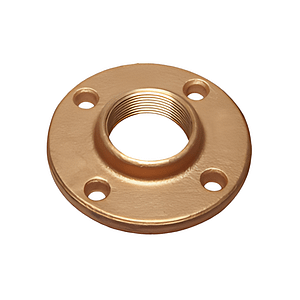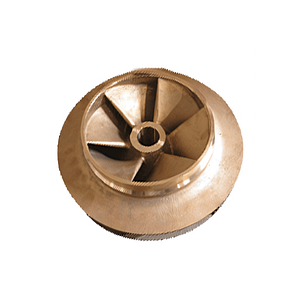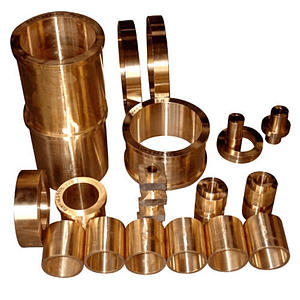
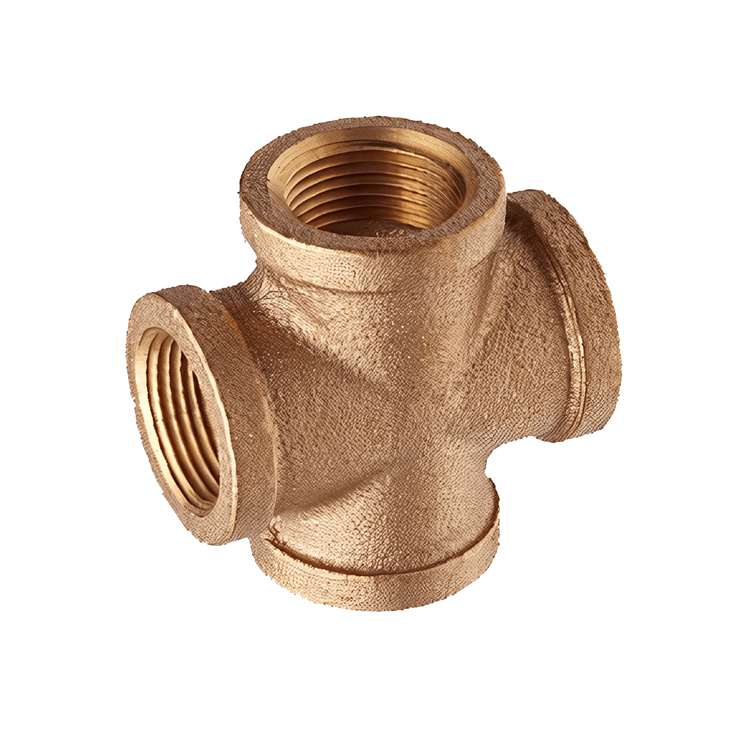
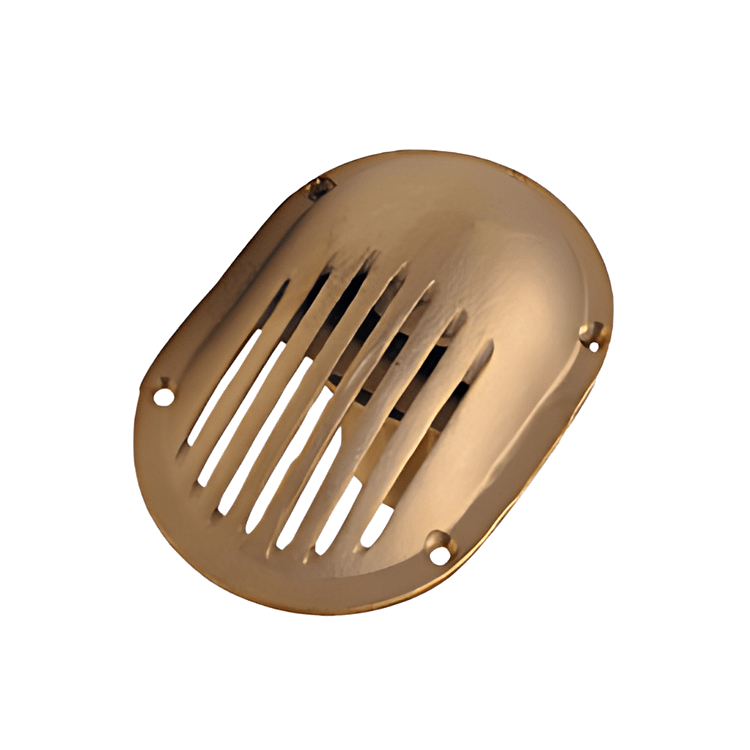
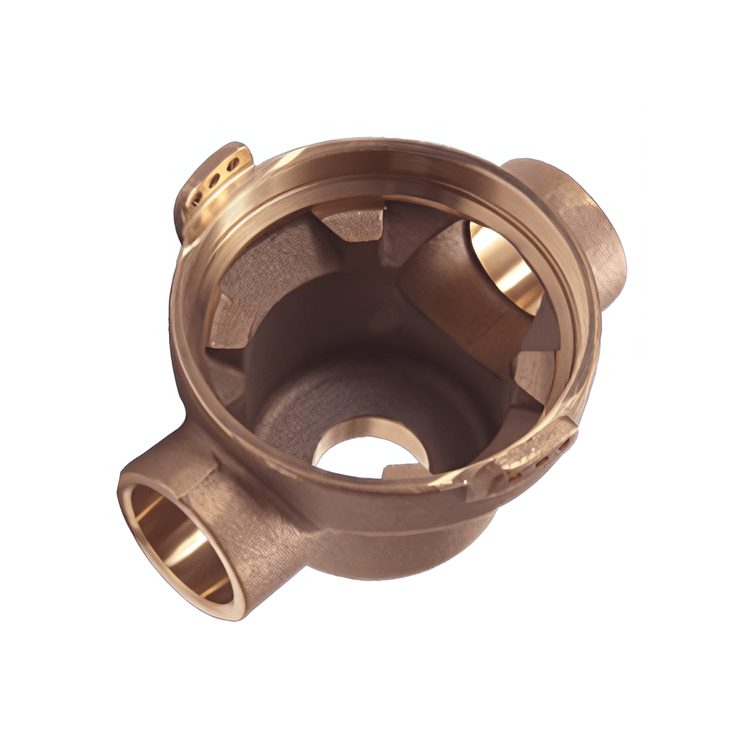
Bronze Casting
Bronze casting is a traditional metalworking technique that has been practiced for thousands of years, dating back to ancient civilizations such as the Egyptians and Mesopotamians. This method involves pouring molten bronze into a mold cavity, allowing it to cool and solidify into the desired shape. Here’s a closer look at the key aspects and benefits of bronze casting.
Alloy Composition
Bronze is an alloy primarily composed of copper and tin, although other elements such as aluminum, silicon, or manganese may be added to achieve specific properties. The exact composition of the bronze alloy depends on factors such as the desired strength, hardness, and corrosion resistance of the final product.
Versatility in Applications
Bronze casting finds applications in various industries, including art, architecture, sculpture, marine, automotive, and aerospace. It is used to create a wide range of products, including sculptures, statues, architectural elements, machinery components, bearings, and more. The versatility of bronze casting allows for both functional and decorative applications.
Detailed Reproduction
One of the key advantages of bronze casting is its ability to faithfully reproduce intricate details and complex shapes. The molten bronze fills every crevice of the mold, capturing fine textures, patterns, and designs with precision. This makes bronze casting particularly well-suited for artistic and decorative pieces where intricate detailing is essential.
Durability and Longevity
Bronze castings are renowned for their durability, strength, and resistance to corrosion. Bronze components can withstand harsh environmental conditions, including exposure to moisture, UV radiation, and abrasion, making them suitable for outdoor and marine applications. With proper care, bronze castings can last for centuries without deteriorating.
Customization
Bronze casting offers flexibility in design and customization, allowing for the production of unique and bespoke components. Manufacturers can tailor the alloy composition, casting process, and finishing techniques to meet specific customer requirements, resulting in highly personalized products.
Traditional Craftsmanship
Bronze casting is steeped in tradition and craftsmanship, with a rich history that spans millennia. Skilled artisans and foundry workers use time-honored techniques to create bronze castings, preserving the heritage and legacy of this ancient craft. The artistry and skill involved in bronze casting contribute to the unique character and quality of each piece.
Eco-Friendly Manufacturing
Bronze alloys are environmentally friendly materials, as they are highly recyclable and have a long lifespan. Bronze castings can be melted down and reused to create new components, reducing the demand for raw materials and minimizing waste. This sustainable aspect of bronze casting aligns with modern principles of eco-friendly manufacturing.
Conclusion
Bronze casting is a time-tested and versatile metalworking technique that produces durable, detailed, and customizable metal components. From ancient sculptures to modern machinery parts, bronze castings have a wide range of applications across various industries. With its durability, versatility, and traditional craftsmanship, bronze casting continues to be a preferred choice for creating high-quality metal products.
